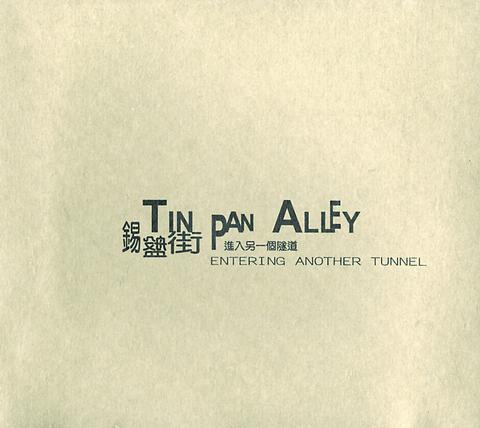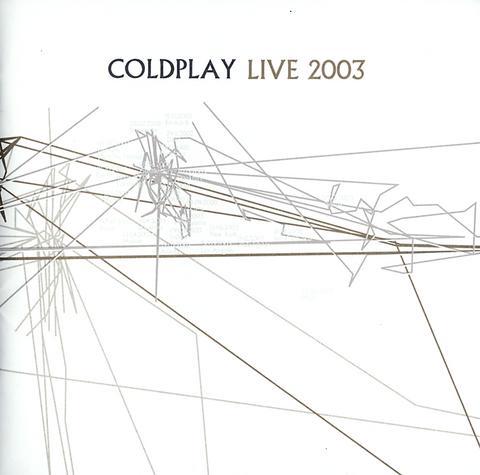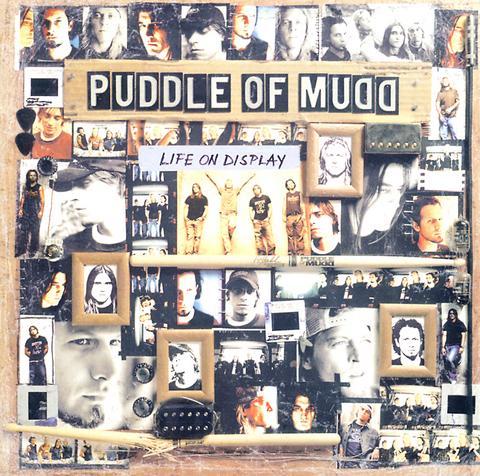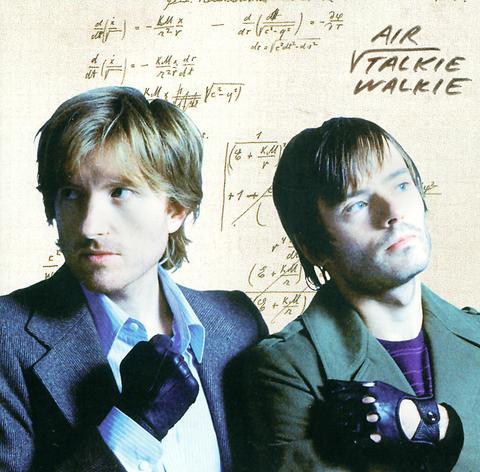Air
Talkie Walkie
Virgin

When Nicolas Godin and Jean-Benoit Dunckel first brought their hybrid brand of synthesized vocal-heavy 1960s style of continental European chic to the market in the shape of their stunning 1998 debut, Moon Safari, they awed both Francophiles and Francophobes alike.
Influenced by Serge Gainsbourg and packing the lounge-esque charm of Dimitri From Paris, Air set in motion an invasion of French electronica which crisscrossed the English Channel, the Atlantic and the Pacific. France and all things French were suddenly cool.
While Air's 1998 debut charmed 2001's lackluster 10000Hz Legend proved a disappointment. Godin and Dunckel appear to have learned from their mistakes, however, and Air's third album, Talkie Walkie sees the pair touching down nicely somewhere in between.

A simple and pleasing album, Talkie Walkie might not offer listeners the greatness displayed by Air on the fantastic, and as yet unparalleled, hit from its debut, Sexy Boy, but what it does offer makes for an agreeable and calming listen. The album meanders in with a melancholy number, Venus, which is an orchestrated tune that, while lightweight in comparison to Air's early dance influenced material, still manages to run rings around anything off of 10000Hz Legend.
Although predominantly a slick and moody listen, the album isn't without its more upbeat moments. These include Surfing on a Rocket, a moog-heavy, helter-skelter trip of a tune and Alpha Beta Gaga, a whimsical number which sees Godin and Dunckel brilliantly exploiting what can best be described as a studio jam session. All of which proves that Air is, thankfully, once again c'est cool.
Pubble of Mud

Life on Display
Flawless
In the late 1990s in Kansa City, Puddle of Mud was one of a seemingly never-ending string of acts that attempt the impossible -- the crossover from grunge to mainstream ballad-driven rebel rock.

A bad idea you may think, and indeed you'd be right, as Puddle of Mud has certainly missed the point. Grunge was a genre that simply imploded when introduced to the mainstream, which is something the band demonstrated quite well in 2001. The combo's debut, Come Clean, was a truly terrible and easily forgettable piece of work and one that should have set alarm bells ringing.
Unfortunately it didn't and now the band has subjected the world to more lifeless drivel in the form of Life on Display. Watered down suburban grunge for frat boys far too young to remember, yet alone to have seen Kurt Cobain and Nirvana at their prime, best describes the pap on the band's second, and we can only hope final album.
Amid the all too predictable pseudo-grunge hooks and riffs and corny adolescent lyrics lies a void of nothingness. The material is clumsy, banal, and unpolished. If this is the best grunge revivalism has to offer then Cobain will, no doubt, be turning in his grave as you read this.
Coldplay
Coldplay Live 2003
Parlophone
Arguably the world's biggest rock band at present, Coldplay has come a long way since its Brit-pop days. After picking up a Mercury Music Prize nomination for its 2000 debut, Parachutes the band went onto to conquer the world following the release two years later of the much lauded and even more emotionally powerful piece of plastic, A Rush of Blood to the Head.
The combo made a welcome return to music store shelves recently with its first live album aptly entitled, Coldplay Live 2003. Recorded in Sydney during the Australian leg of its much-troubled and delayed world tour. The CD, which comes packaged with an accompanying VCD of the same gig, makes for an interesting documentation of the band charming an adoring antipodean public.
While the combo is often labeled dull, this audio and visual Coldplay document proves that dull is far too strong a word for Coldplay's hybrid brand of moody/folksy Brit-pop. Coldplay Live 2003 is a solid and highly entertaining piece of work and everything any true fan could wish for and then some.
The CD contains some of the combo's best material as well as some rarities. Kicking in with the pulsating Politik, the meandering mild-rock number God Put a Smile upon Your Face and the moody title track from the band's second album, the live CD gets off to a cracking start. And what follows only gets better and warrants full volume on any sound system.
Along with a cracking version of the band's latest tune, the jangle guitar-driven Moses, the highlight of the whole affair is One I Love, a rabble-rousing number on which Coldplay manages to sound an awful lot like Echo and the Bunnymen, albeit minus the heavy percussion.
Tin Pan Alley(錫盤街)
Entering Another Tunnel(進入另一個隧道)
Tin Pan Alley
ed by ex-Ladybug (瓢蟲) guitarist Wan-ting (捥婷), and featuring Sugar Plum Fairy (甜梅號) bassist, Hsiao Bai (小白) along with drummer Wu Di (吳迪), sax player Wu Chen-yi (吳貞儀) and trumpeter, Hsiao Shi (小杜), Tin Pan Alley (錫盤街) is an indie post-rock band with a passion for jerky lethargic instrumentals.
Released this week, Entering Another Tunnel (
Inspired by art-house punks, Sonic Youth when performing with Ladybug -- the popular local guitarist and her four colleagues -- now appear to looking toward Pavement for its garage sound and Helium for its jangle alt-pop slightly off center musical motivation.
A stop/start hurdy-gurdy ride from the off, Entering Another Tunnel is certainly not for everyone, especially those looking for a tight spit and polished sound. With the exception of the 10-minute long title track, much of the material sounds like a jam session and leaves you wondering why it was released.

On April 26, The Lancet published a letter from two doctors at Taichung-based China Medical University Hospital (CMUH) warning that “Taiwan’s Health Care System is on the Brink of Collapse.” The authors said that “Years of policy inaction and mismanagement of resources have led to the National Health Insurance system operating under unsustainable conditions.” The pushback was immediate. Errors in the paper were quickly identified and publicized, to discredit the authors (the hospital apologized). CNA reported that CMUH said the letter described Taiwan in 2021 as having 62 nurses per 10,000 people, when the correct number was 78 nurses per 10,000

As we live longer, our risk of cognitive impairment is increasing. How can we delay the onset of symptoms? Do we have to give up every indulgence or can small changes make a difference? We asked neurologists for tips on how to keep our brains healthy for life. TAKE CARE OF YOUR HEALTH “All of the sensible things that apply to bodily health apply to brain health,” says Suzanne O’Sullivan, a consultant in neurology at the National Hospital for Neurology and Neurosurgery in London, and the author of The Age of Diagnosis. “When you’re 20, you can get away with absolute

May 5 to May 11 What started out as friction between Taiwanese students at Taichung First High School and a Japanese head cook escalated dramatically over the first two weeks of May 1927. It began on April 30 when the cook’s wife knew that lotus starch used in that night’s dinner had rat feces in it, but failed to inform staff until the meal was already prepared. The students believed that her silence was intentional, and filed a complaint. The school’s Japanese administrators sided with the cook’s family, dismissing the students as troublemakers and clamping down on their freedoms — with

As Donald Trump’s executive order in March led to the shuttering of Voice of America (VOA) — the global broadcaster whose roots date back to the fight against Nazi propaganda — he quickly attracted support from figures not used to aligning themselves with any US administration. Trump had ordered the US Agency for Global Media, the federal agency that funds VOA and other groups promoting independent journalism overseas, to be “eliminated to the maximum extent consistent with applicable law.” The decision suddenly halted programming in 49 languages to more than 425 million people. In Moscow, Margarita Simonyan, the hardline editor-in-chief of the